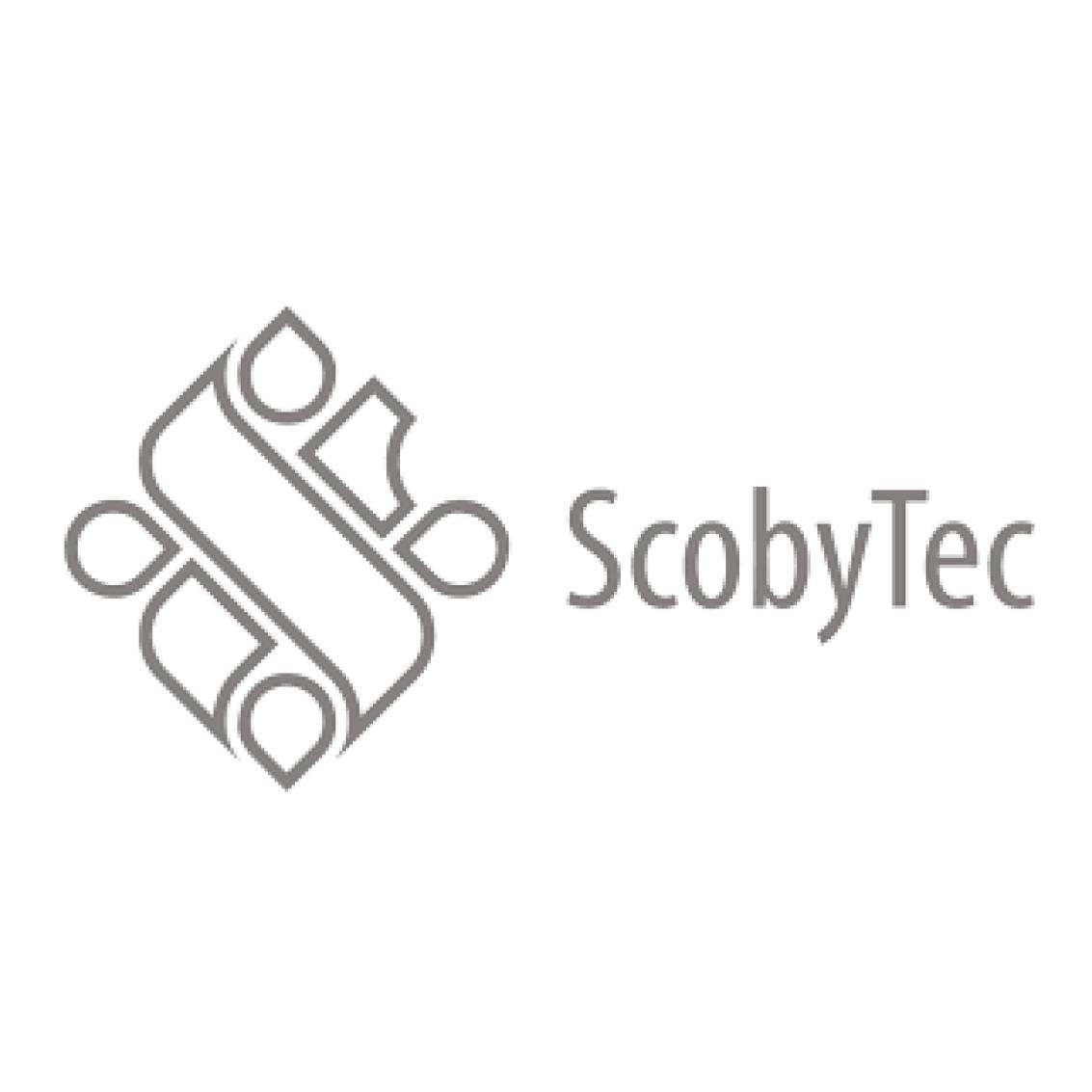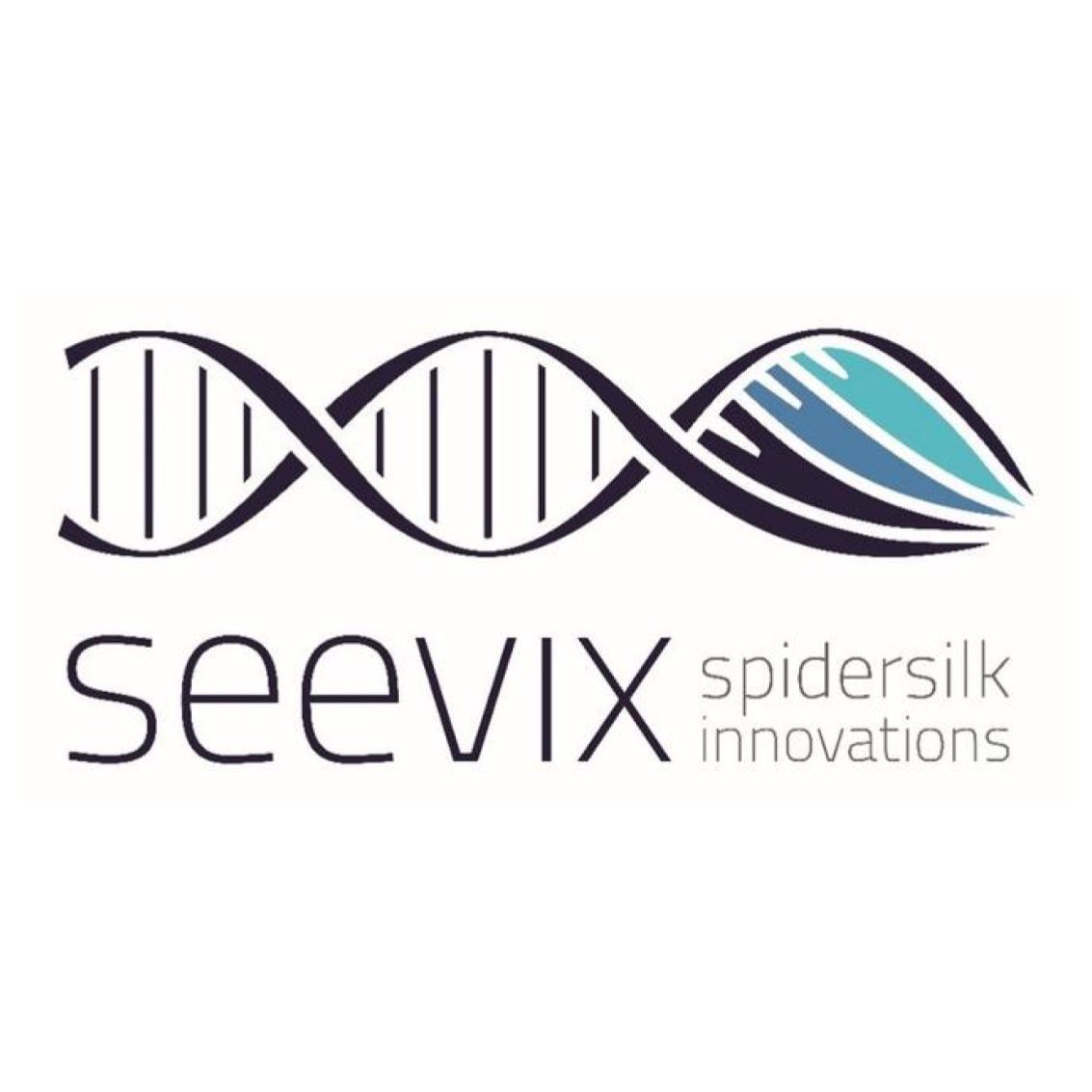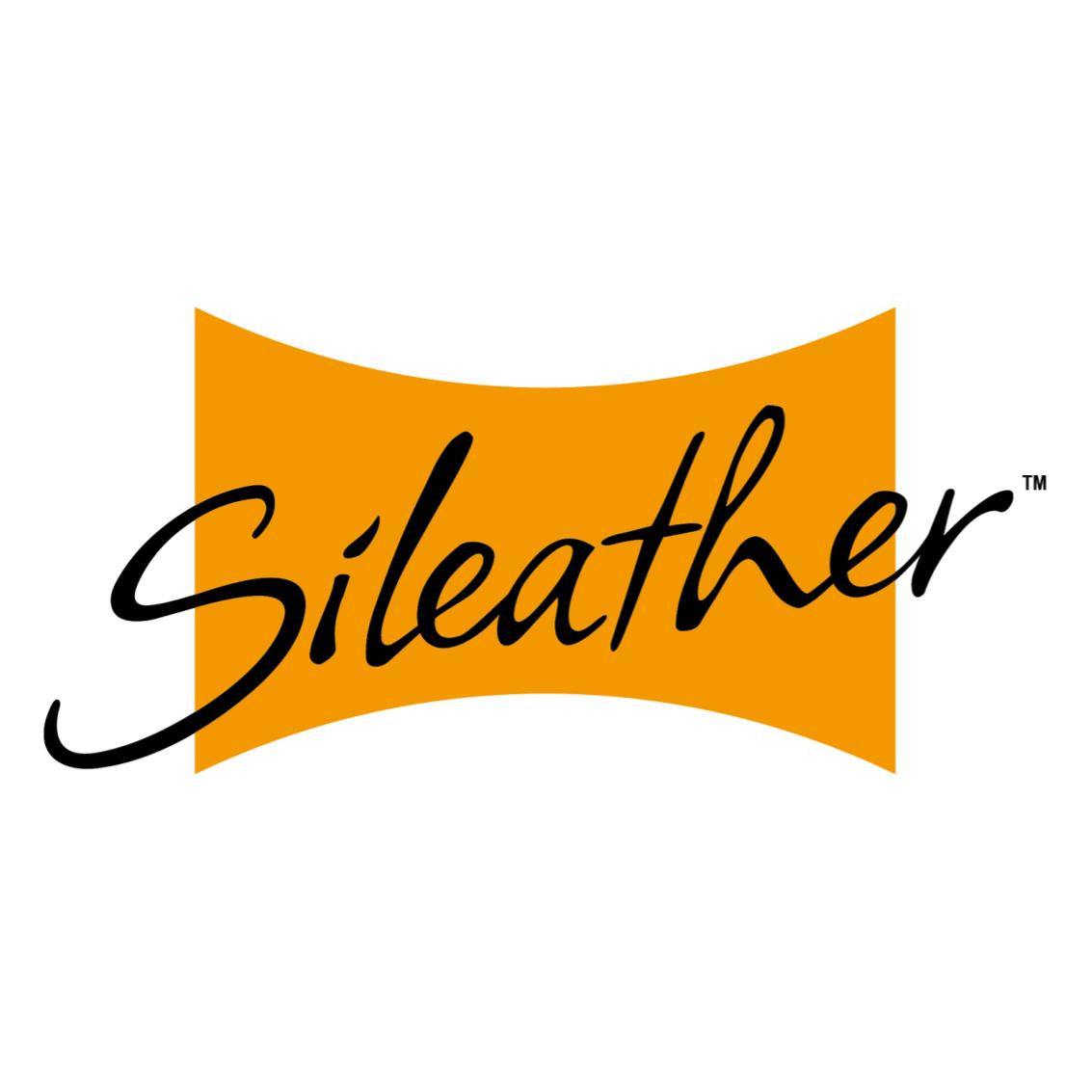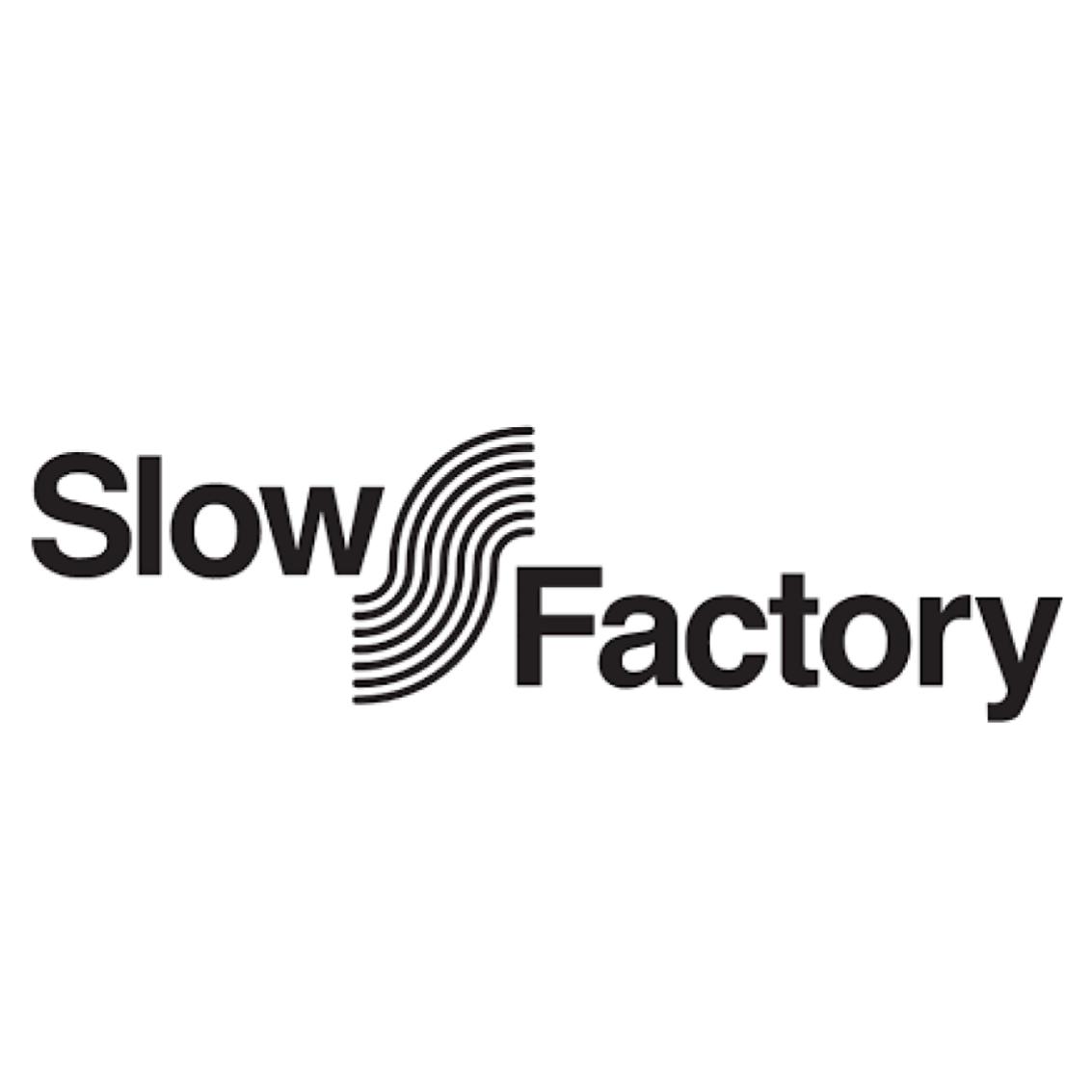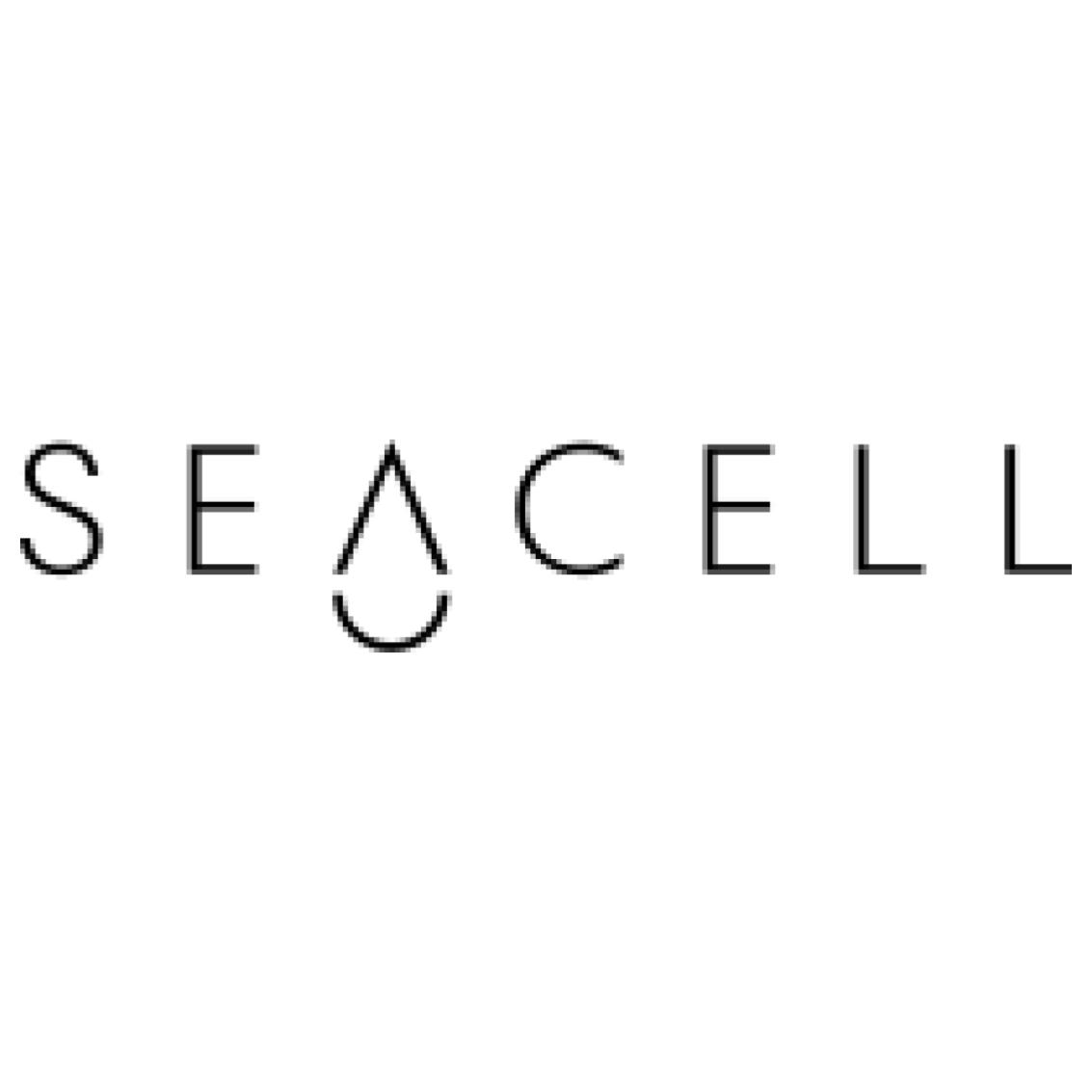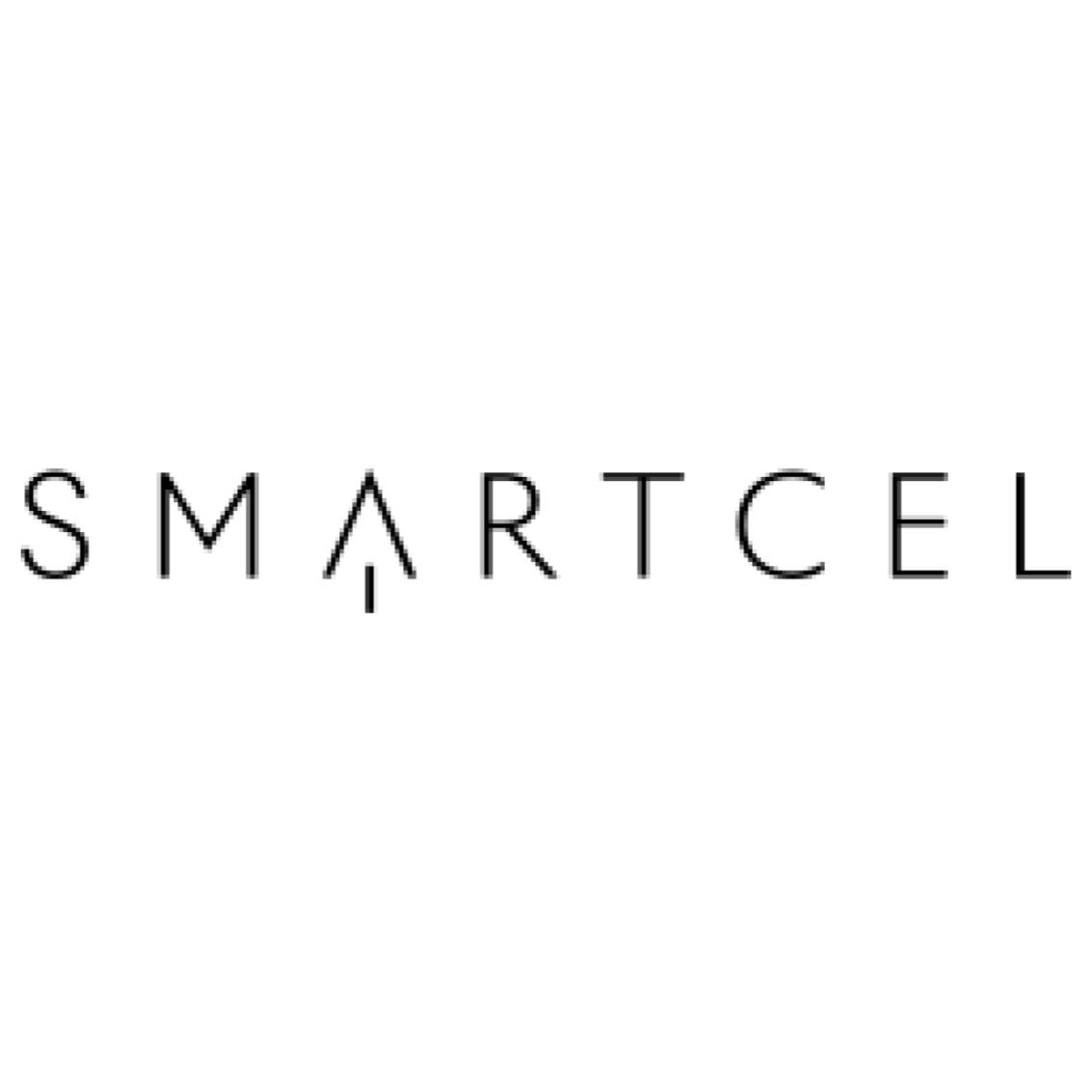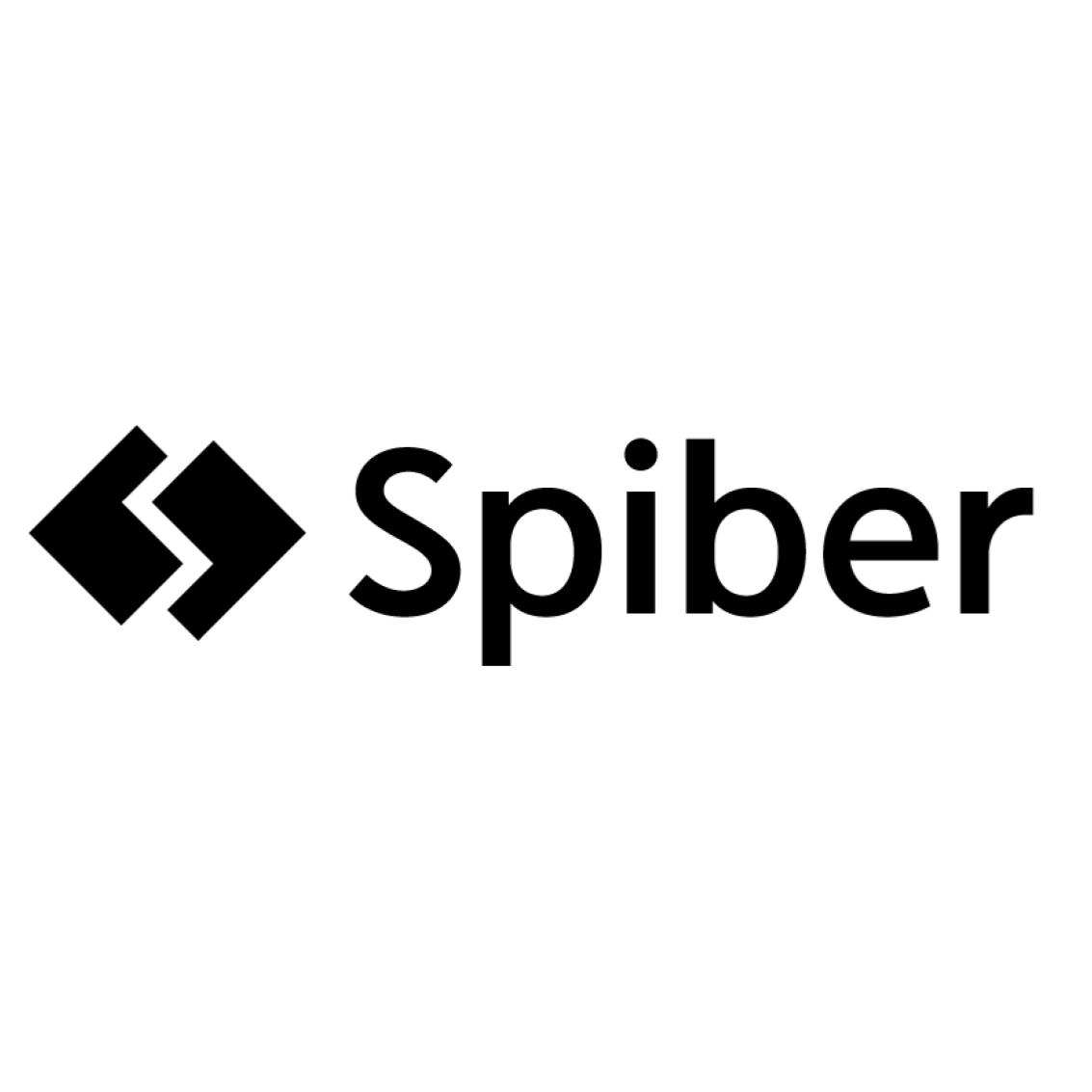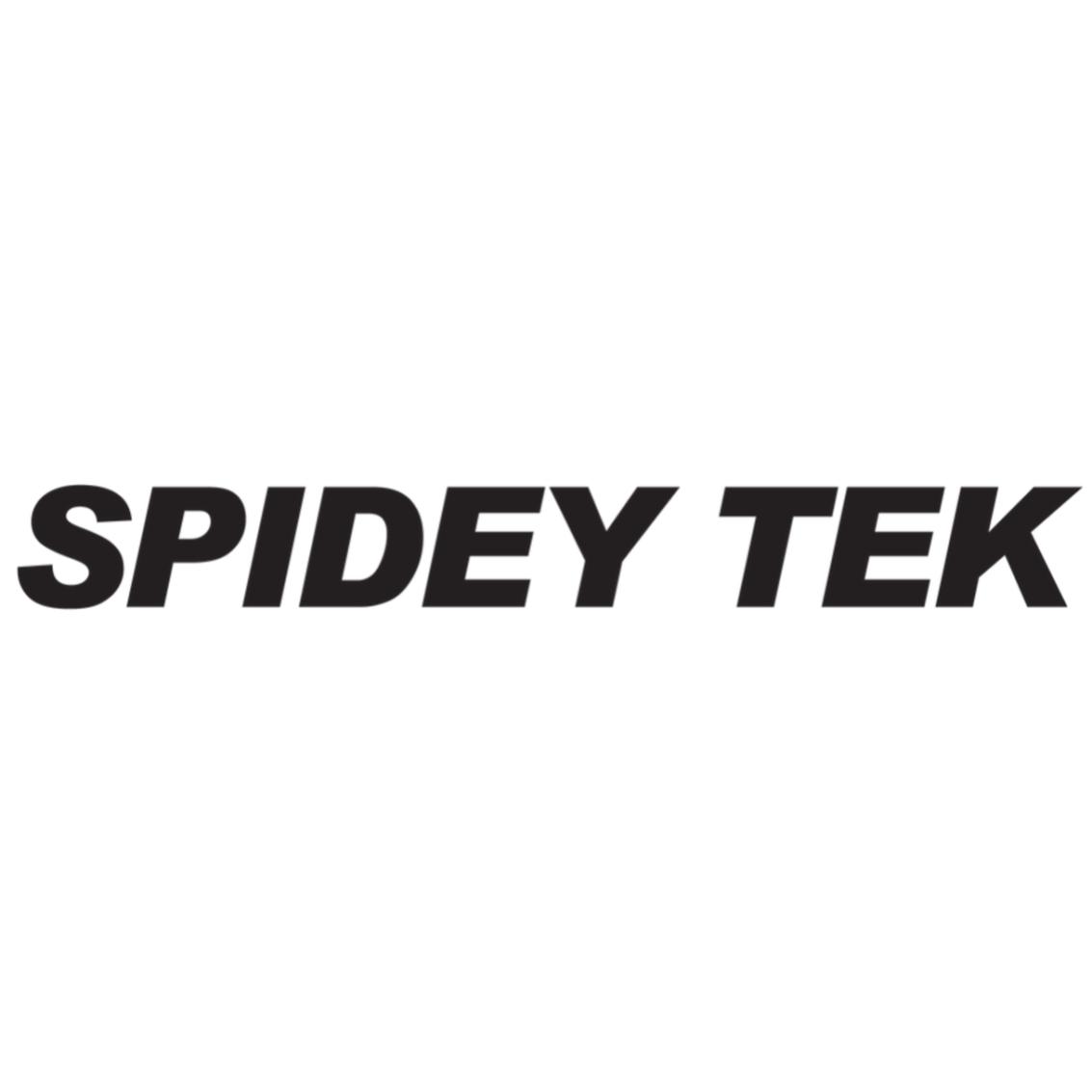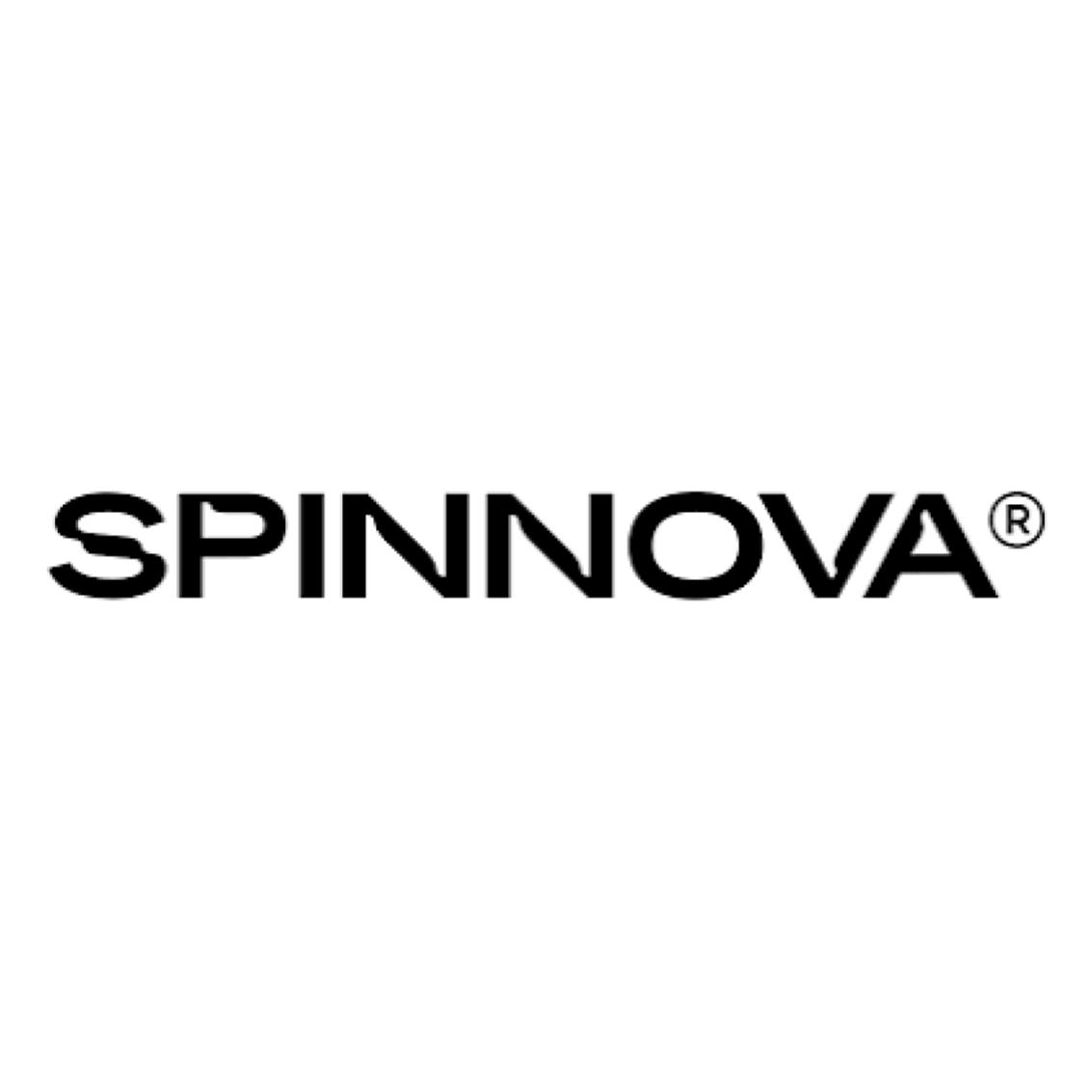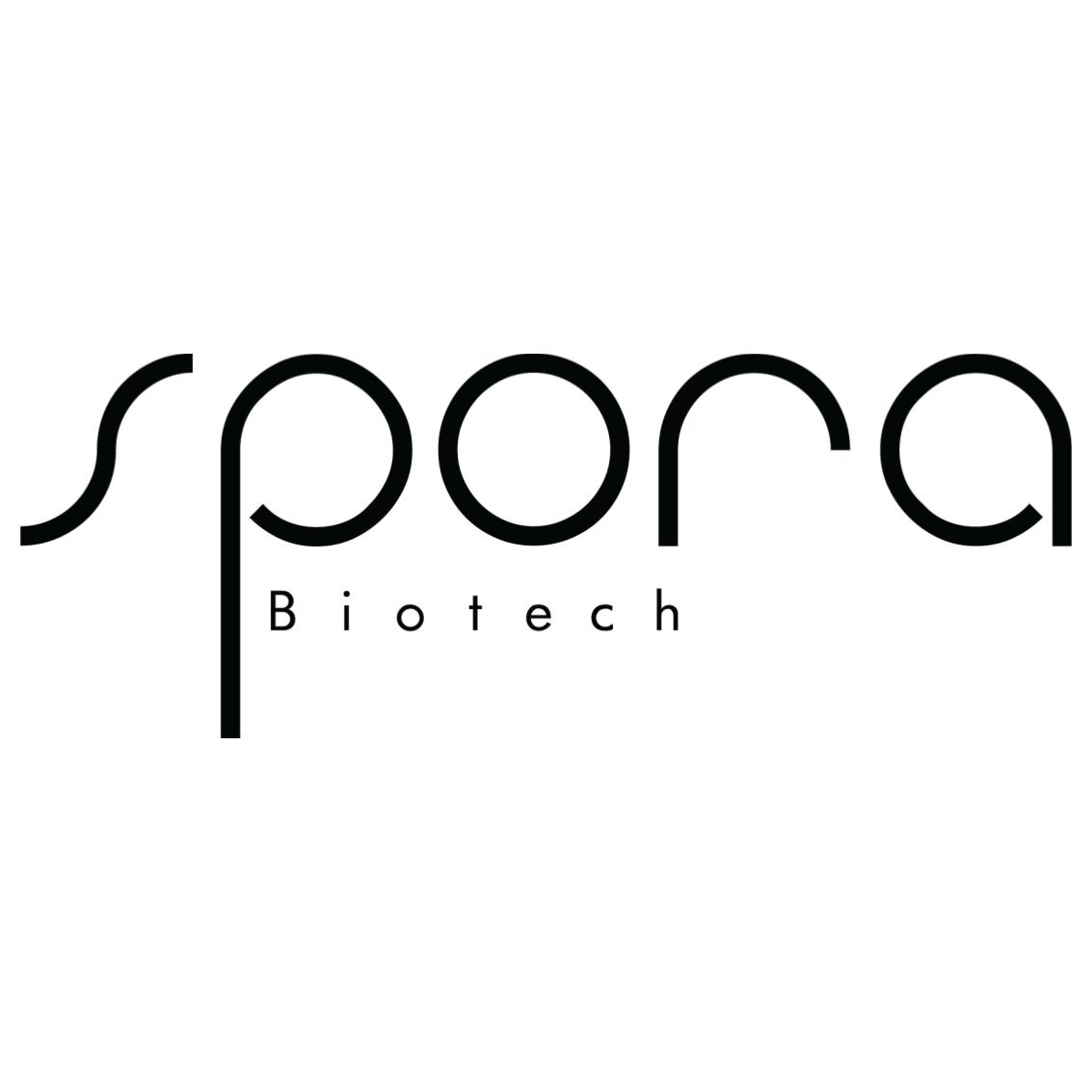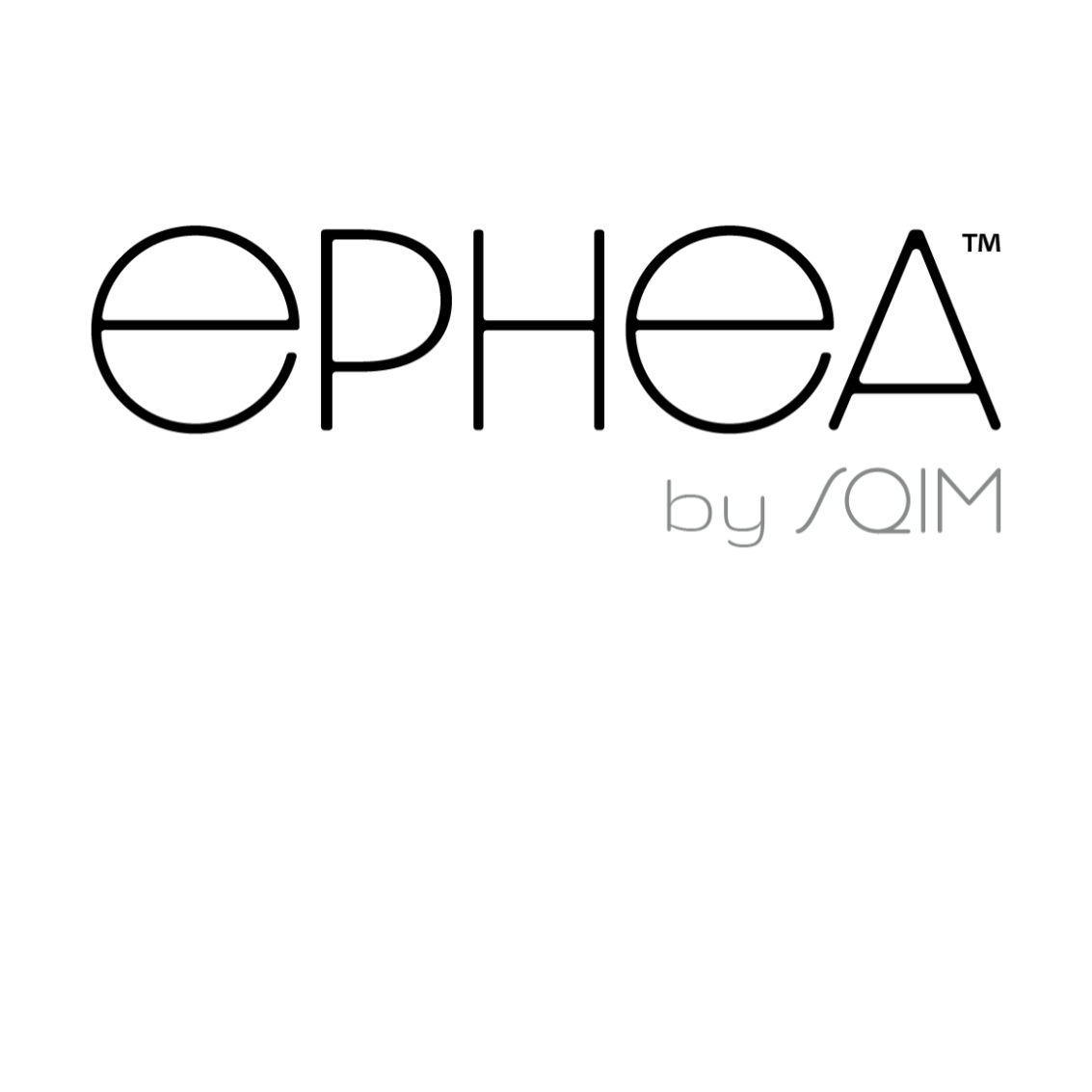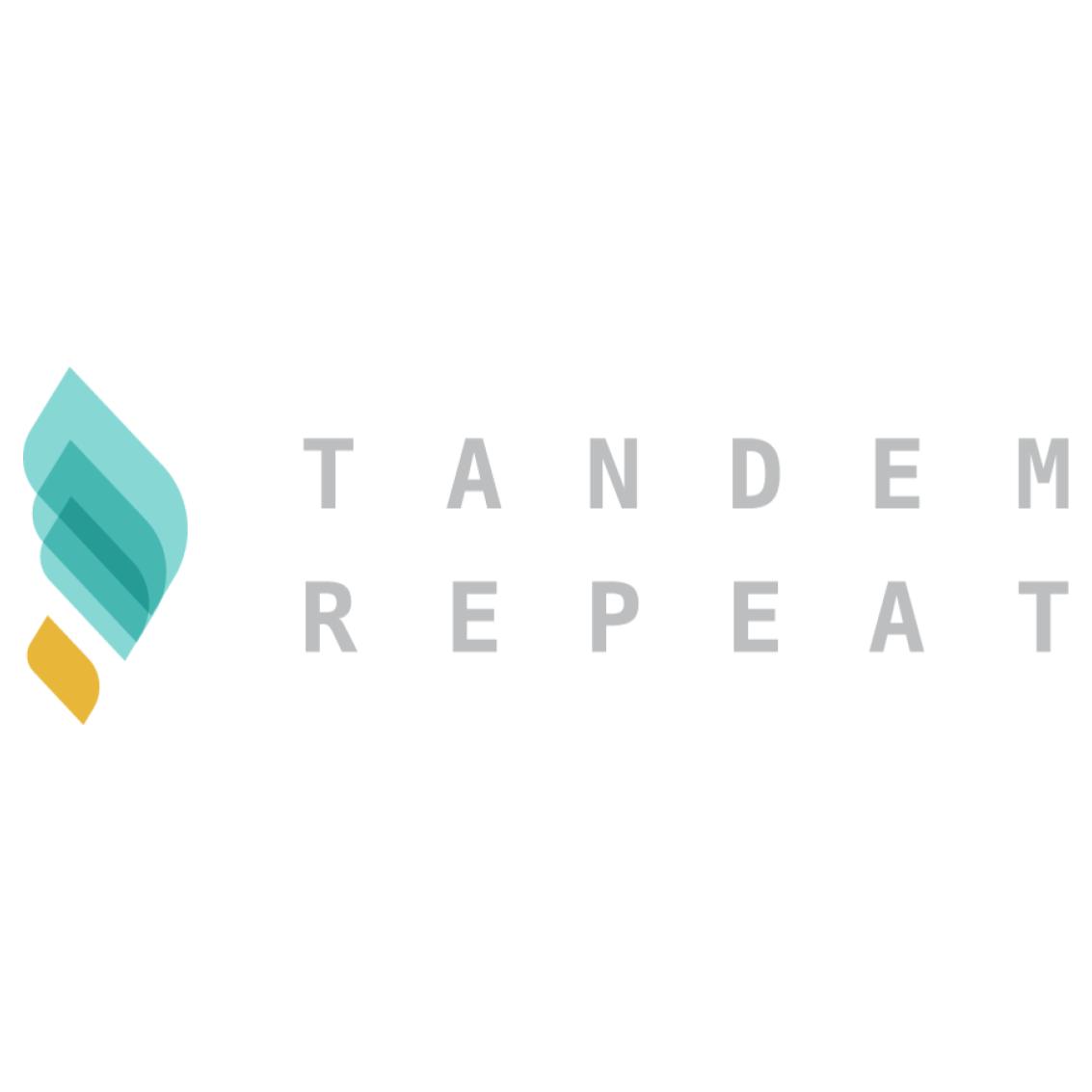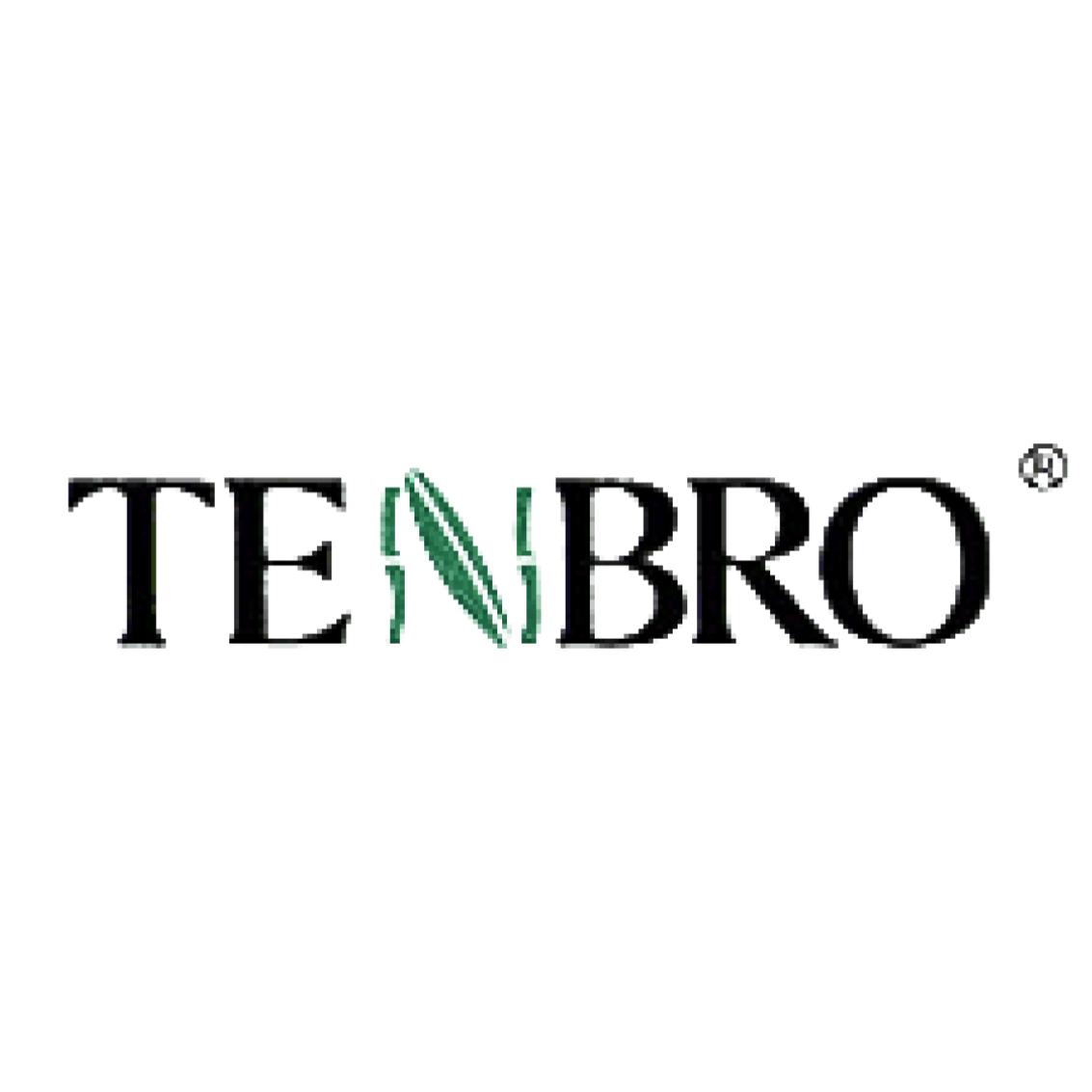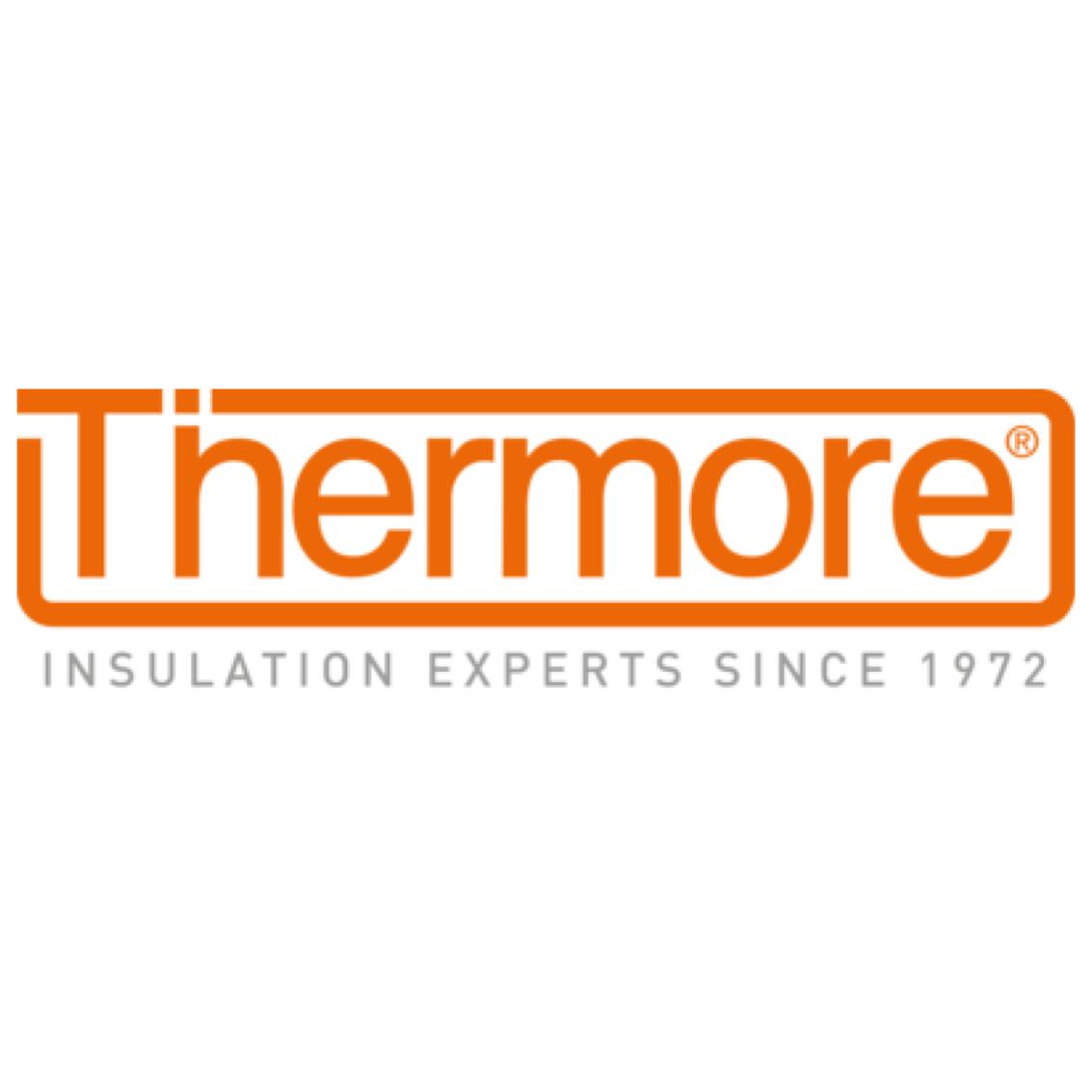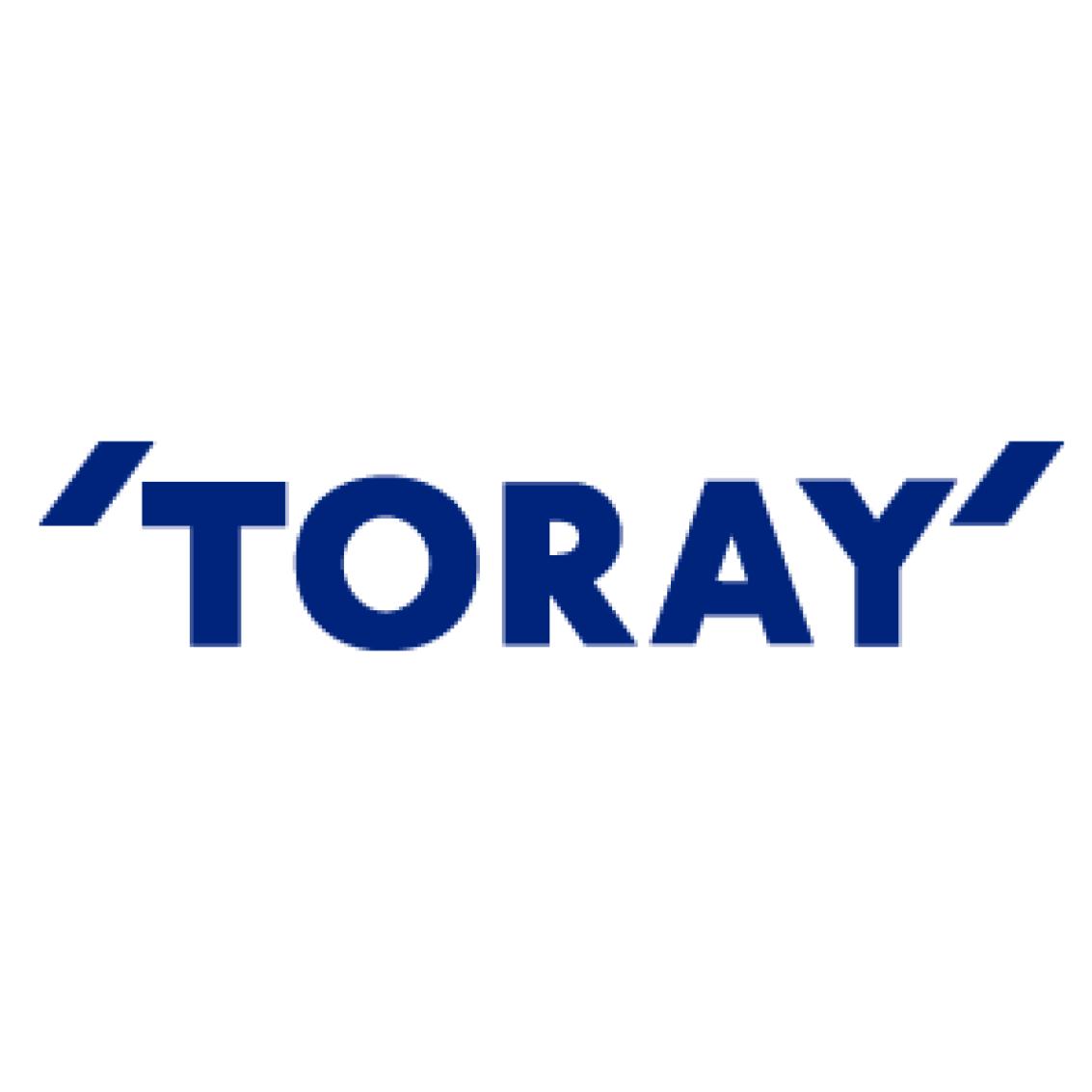Innovator Database
Our innovators database lists material companies creating next-gen materials that are animal-free and more environmentally preferred alternatives to leather, silk, wool, down, fur, or exotic skins.
See below for our methodology and more information on the main input categories.
Use the filters to narrow the companies’ landscape by name of the company or material, main input category, material biomimicry, or headquarters location.
Download Our Innovators Database
Do We Need To Update Our List?
METHODOLOGY
Companies Included
Our mission is to support the next-gen materials industry in producing materials that meet the quality, price, scale, and sustainability needs of the fashion, home goods, and automotive industries. This list of companies included is not intended to be comprehensive or exhaustive.
Sustainability
Material companies listed are part of the current MII ecosystem and as such are those we consider more sustainable than the animal material and current-gen alternatives. MII continues to gather relevant data on sustainability and environmental impact and will update our evaluations accordingly.
Quality
We are looking for true replacements for animal materials. Many interesting products are similar, but don’t meet necessary industry standards. Some products might be like leather, but do not meet the sensory or tactile specifications for every leather application. Similarly, many plant-based yarns can be woven like wool, but do not meet the sensory or tactile specifications for all wool applications. We include all materials that show promise, even if they don’t meet specifications for every application.
Price
Many alternative materials are currently at higher price points than incumbent animal materials. New technologies generally come with a higher price tag, but with continued innovation and competition, the prices will go down. We have not excluded any company based on the price of their material.
Scale
A big issue facing many of these companies is their ability to scale. Some companies on our landscapes are in the research and development phase. Others are working on pilot projects, and still others are producing products. We have not excluded any company based on their phase or current production capacity. Our hope is that innovation will solve scaling challenges.
Main Input Categories

Plant-derived:
applies to next-gen materials derived from virgin or waste/byproduct plant matter. For simplicity, fungi (fruiting body), and algae inputs are included in this category, even though they are not plants.

Mycelium:
applies to next-gen materials that utilize the root-like structure of some fungal species called mycelium. This category is distinctive from the plant-derived category due to the rich activity of next-gen innovation involving mycelium.

Cultivated animal cells:
applies to next-gen materials that utilize tissue engineering approaches to grow animal cell constructs (e.g., skin) in the laboratory.

Microbe-derived:
applies to next-gen materials that utilize cellular engineering approaches such as cell culture or fermentation processes to produce products such as proteins and biopolymers for next-gen material formulations.

Recycled material:
applies to next-gen materials that utilize recycled plastic or recycled textile feedstock as a main input.

Blend:
applies to next-gen materials that use a blend of components not well-captured by any of the above categories.

